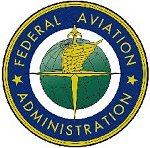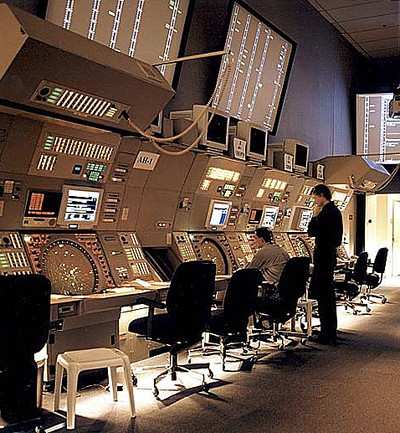Says Operational Errors Should Not Be Tied To Staffing
Numbers
 On Saturday, ANN
published statements made by the National Air Traffic Controllers
Association regarding the situation at the Southern California
Terminal Radar Approach Control (TRACON.) NATCA
reported five operational errors occurred at that facility -- the
busiest in the nation -- in less than two weeks, including three
that happened in a span of four days. As a result, local Federal
Aviation Administration management officials suspended all training
of new controllers for three days to assess the facility’s
training and staffing situation.
On Saturday, ANN
published statements made by the National Air Traffic Controllers
Association regarding the situation at the Southern California
Terminal Radar Approach Control (TRACON.) NATCA
reported five operational errors occurred at that facility -- the
busiest in the nation -- in less than two weeks, including three
that happened in a span of four days. As a result, local Federal
Aviation Administration management officials suspended all training
of new controllers for three days to assess the facility’s
training and staffing situation.
NATCA SCT Facility Representative Steve Merlin blamed the errors
on "fatigue and a loss of focus" due to mandatory six-day work
weeks, caused by the shortage of qualified controllers at SCT -- an
ongoing complaint from the union. Merlin also says controllers are
burning out from the constant need to train new personnel.
FAA spokesman Ian Gregor tells ANN that "NATCA isn't telling you
the entire story," however. "Southern California TRACON is staffed
within its authorized level of 186 to 228 controllers," Gregor told
ANN Monday. "We currently have 194 certified controllers on board,
plus 33 trainees. We're expecting to get 10 more trainees by the
end of the fiscal year on Sept. 30. We have enough
controllers to safely and efficiently run all of the sectors in SCT
airspace.
"Training new controllers can be challenging, but it's part of a
certified controller's job duties," the spokesman continues. "The
FAA recognizes that we're going to lose most of our controller
workforce nationwide to retirement during the next 10 years, and we
are aggressively hiring replacements. Hence the high number of
trainees at SCT. The simple truth is that we have to bring a lot of
new controllers on board to replace those who are retiring.
"We did have 5 operational errors in a short period of time
recently," Gregor concedes. "What NATCA isn't telling you is that
before that, we had only 9 operational errors dating back to Oct.
1, 2006, which is the start of the federal fiscal year. That was a
very low number compared to previous years. We did not determine
any common cause to any of the recent OEs. Four were committed by
certified controllers and one by a developmental. They occurred in
different sectors.
Gregor asserts there is no historical correlation between
staffing levels and OEs, based on numbers recorded over the past
eight years. In fiscal year 2000, for example, Gregor said SCT had
around 270 controllers -- and recorded 18 operational errors. That
number fluctuated through the years, peaking at 22 OEs in FY2006.
So far, 14 incidents have occurred in FY2007, 10.5 months through
the fiscal year.

"We did stand down training for 72 hours following the recent
spate of errors," Gregor said. "This is not unusual. We do this for
two weeks every October to give everyone a break from training, and
we do it if unusual events occur -- such as a string of controller
errors. It's the prudent thing to do.
"Temporarily halting training also allows certified controllers
to resume working airplanes instead of just supervising trainees,"
Gregor concludes. "It also lets trainees work live traffic in
sectors on which they are certified."
 ANN's Daily Aero-Linx (04.17.24)
ANN's Daily Aero-Linx (04.17.24) ANN's Daily Aero-Term (04.17.24): Jamming
ANN's Daily Aero-Term (04.17.24): Jamming ANN's Daily Aero-Linx (04.18.24)
ANN's Daily Aero-Linx (04.18.24) Aero-News: Quote of the Day (04.18.24)
Aero-News: Quote of the Day (04.18.24) ANN's Daily Aero-Term (04.18.24): Hold-In-Lieu Of Procedure Turn
ANN's Daily Aero-Term (04.18.24): Hold-In-Lieu Of Procedure Turn




